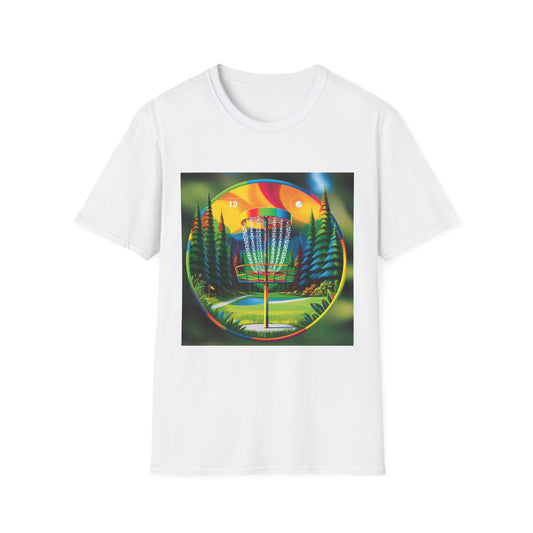
Disc Golf Putting: Answers to the Most Common Questions in 2025
Share
Putting in disc golf is one of the most talked-about yet misunderstood parts of the game. From mechanics to mental routines, every player has questions — and in 2025, new gear and evolving techniques have only added to the curiosity. Below is a complete Q&A that tackles the most common disc golf putting questions, backed by current techniques and pro-level insights.
What’s the most reliable putting style for beginners?
Push putting remains the most reliable style for newer players. It focuses on a straight-line release using your legs and body momentum rather than wrist-heavy motion. This style reduces wobble and increases consistency inside the circle. Spin putting offers more distance and arc but requires more control and timing, which takes longer to develop.
How far should I be consistently making putts before entering tournaments?
A solid benchmark is 80 to 90 percent inside 20 feet, 50 to 60 percent from 25 feet, and anything from 30 feet and beyond is a bonus. Tournament pressure amplifies your misses, so being consistent with short putts under stress is a priority before registering for PDGA events.
Should I use the same putter for throwing and putting?
Most players carry separate molds or plastics for throwing and putting. Putting putters are typically in a grippier base plastic for clean release and chain sticking. Throwing putters are often in premium plastic for durability, especially for approach shots. Using the same mold but different plastic blends is a common solution for consistency in feel and flight.
What’s the difference between a stable and overstable putter for putting?
A stable putter will hold your release angle longer and finish straight. An overstable putter tends to hyzer out more predictably. Stable putters are preferred for straight putts and spin putters. Overstable putters work well in windy conditions or for players with push-putting form that benefits from a strong finish. Choosing the right one depends on your style, arm angle, and the conditions you usually play in.
What can I do to improve my putting confidence?
Start with repetition under structure. Use drills like the circle ladder (starting at 10 feet and moving out every five makes) or the “Perfect 10” drill (10 in a row from a set distance). Record your makes and misses so you can see measurable growth. More importantly, build a pre-putt routine that never changes—stance, grip, focus, release. That routine becomes your anchor under pressure.
How do I adjust putting in windy conditions?
In a headwind, release your putt with a lower nose angle and add more spin to keep it from lifting. In tailwinds, aim slightly higher and reduce spin to prevent diving early. Crosswinds require disc angle control—hyzer into right-to-left wind, anhyzer into left-to-right. Consider switching to a slightly more overstable putter on windy days to maintain stability.
Is jump putting still legal in 2025?
Yes, jump putting is legal as long as your jump begins after the disc is released and you are outside Circle 1 (33 feet). Your last point of contact with the ground must be behind your lie at the time of release. Many pros now use a step putt variation instead of a traditional jump, as it offers better balance and rhythm while staying fully legal under PDGA rules.
How do I break a putting slump?
Slumps often come from mental fatigue or mechanical breakdown. First, step back and reset. Rebuild your form with standstills or short-range reps. Film yourself and review the basics—grip, stance, release angle. Then, isolate the problem with targeted drills. Most importantly, take a break from scoring and focus on feel. Confidence returns when the disc comes out clean again.
Final Word
Putting is a personal, evolving part of every disc golfer’s game. The more you understand your form, gear, and mindset, the more progress you'll make. Keep asking questions, experimenting with intent, and tracking your results. With deliberate practice and a stable mental approach, you'll see results faster than you think.
























